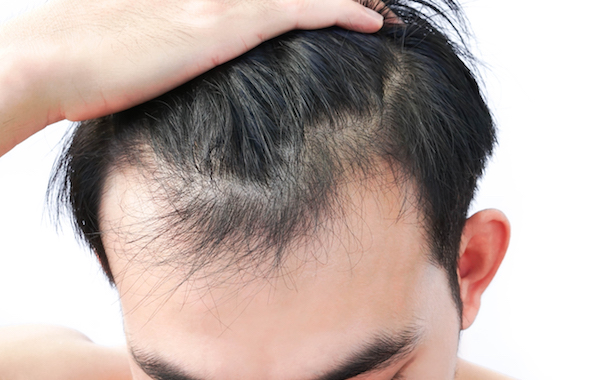Losing hair is always a cause for worry. Various causes contribute to hair loss or hair thinning. These causes could vary from genetic causes to lifestyle causes. Often, the hair loss is permanent, but in some cases, it could also be temporary. Temporary hair loss can be easily combatted by making changes in your lifestyle. However, permanent hair loss can’t be. Hair transplant procedures have become a popular choice to fight hair loss. If you are unsure about undergoing a surgical procedure, you could always look into PRP Hair Restoration Toronto.
What are some of the reasons for hair loss?
Whenever there is hair fall, we start to wonder why. One of the most common causes of hair loss is androgenetic alopecia, also known as male or female pattern baldness, which causes visible and progressive thinning of hair. Apart from that, various medical conditions like seborrheic dermatitis, stress or trauma, thyroid disease, autoimmune disorders, nutrient deficiencies, hormonal changes, certain medications like antidepressants, treatments for cancer and autoimmune diseases, and tight hairstyles are some of the common reasons why hair loss happens. Whenever you are undergoing hair loss, the very step is to determine the cause of hair loss. This will help the surgeon to figure out the treatment plan. The physician would help determine what is causing the hair loss and help restore the health and treat the underlying disease.
What is PRP?
PRP Therapy or Platelet Rich Plasma Therapy is a natural and non-surgical, effective hair restoration procedure. This procedure is also used for healing after undergoing a hair transplant procedure. In PRP, one’s own platelet rich plasma is used, which is present in the blood. The plasma has growth factors that help to boost tissue repair. It plays a significant role in clotting and wound healing. Whenever there is a bleeding wound, the platelets are the first responders who begin the blood-clotting process. They manipulate the clot’s shape to interlock it with other platelets and form a barrier that stops the bleeding of the wound. They are the first responders to any bleeding related to an injury. They also play a significant role in the recovery and healing of tissues.
What happens in PRP?
For PRP therapy, a small amount of blood is extracted from the patient’s arm. This extracted blood is then processed by running in a centrifuge to separate the white and red blood cells’ platelets. These isolated platelets are then injected superficially across the scalp in the areas where the hair is thinning. This procedure is repeated about three times over a span of 3 to 4 months. Many people can maintain the results of thick hair by undergoing PRP therapy once or twice every year. The PRP works by waking up the dormant follicles and hydrating the scalp. This therapy helps to improve the blood flow, decrease inflammation, and increased nutrients for the follicles. PRP is a non-invasive and very low-risk hair restoration procedure with no downtime.

